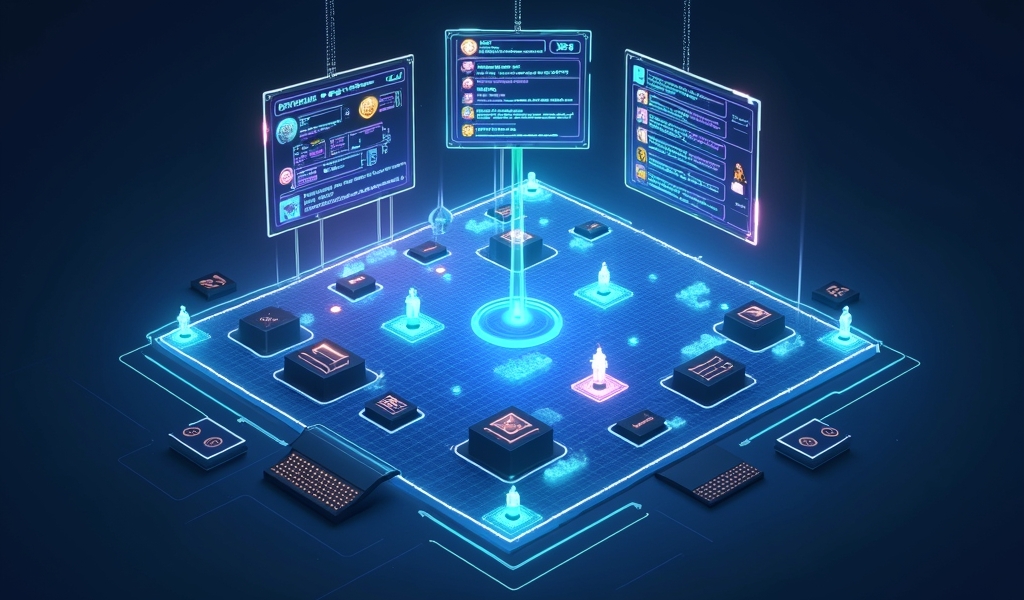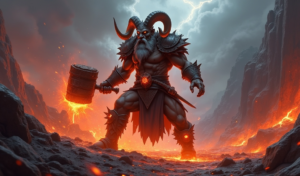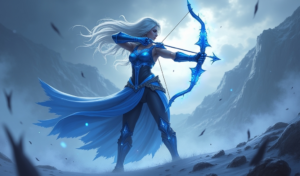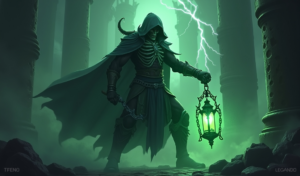Overview
LOL coaching support is an essential resource for players looking to climb the ranked ladder by mastering vision control, champion synergies, roaming techniques, teamfight positioning, and mental game development. The comprehensive approach transforms support players from lane partners into dynamic playmakers who can influence every aspect of the game, proving that supports can carry matches through strategic gameplay rather than mechanical skill alone.
Table of Contents
Introduction to LOL Coaching Support
Looking to climb the ranked ladder as a support main in League of Legends? You’re in the right place. LOL coaching support is one of the most impactful ways to improve your gameplay and start seeing real results in your rank. Despite being sometimes overlooked, support players can single-handedly change the outcome of games through proper vision control, smart roaming, and excellent teamfight positioning.
The support role has evolved significantly over the years, transforming from a simple ward-bot into a dynamic playmaker that can influence every lane. With proper lol coaching support, you can unlock your full potential and start climbing faster than ever before. Professional coaching helps identify your specific weaknesses and provides tailored strategies to overcome them.
In this comprehensive guide, we’ll explore five proven strategies that lol coaching support professionals recommend to help you rank up fast. Whether you’re struggling in Iron or aiming for Diamond, these techniques will give you the edge you need to outperform your opponents and carry games from the support role.
Understanding the Support Role in League of Legends
Before diving into specific strategies, it’s essential to understand what makes the support role unique in League of Legends. Unlike other positions, supports don’t focus on farming minions for gold. Instead, they create opportunities for their teammates, particularly their ADC during the laning phase.
The support’s primary responsibilities include:
- Protecting the ADC during the laning phase
- Establishing vision control across the map
- Setting up plays and engagements for the team
- Peeling for carries during teamfights
- Roaming to assist other lanes when appropriate
One common misconception is that supports can’t influence the game as much as other roles. However, professional LOL coaching reveals that support players often control the game’s pace and flow. The best supports create a safe environment for their carries to farm while simultaneously applying pressure to enemies.
Understanding your champion pool is also crucial. Support champions generally fall into three categories: enchanters (like Lulu, Soraka), engage supports (Leona, Nautilus), and mage supports (Brand, Zyra). Each category has different strengths and playstyles, and mastering the right champions for your playstyle is a key aspect of improvement.
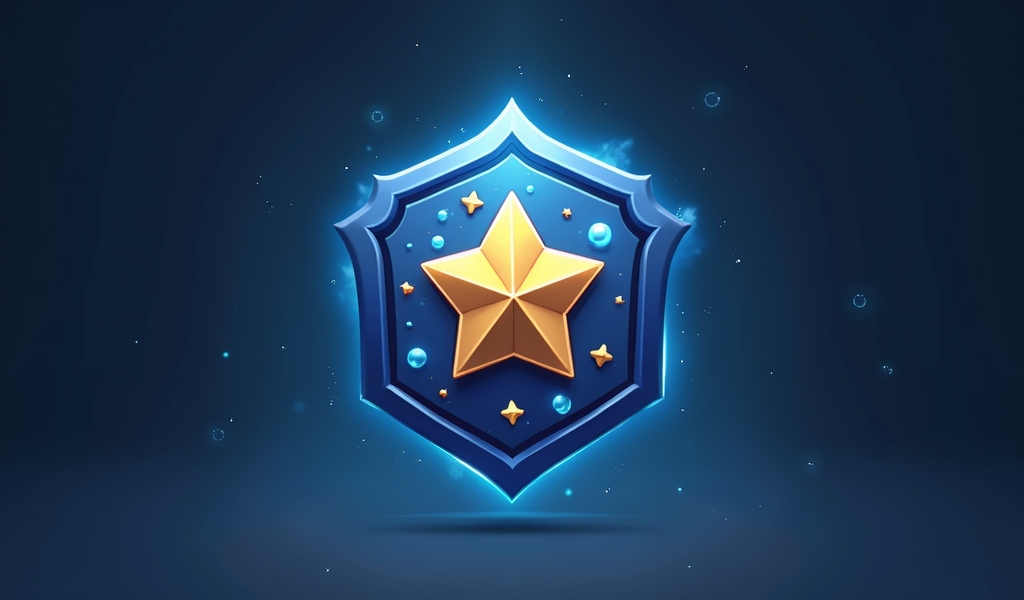
Strategy 1: Master Vision Control for Team Advantage
Vision control is arguably the most important skill for a support player to master. Proper warding provides your team with invaluable information about enemy movements and prevents ambushes. LOL coaching support experts emphasize that vision isn’t just about placing wards—it’s about strategic ward placement at the right times.
Here’s how to level up your vision game:
- Always maintain a vision score that’s at least 1.5× the game time
- Use control wards for key objectives (Dragon, Baron, Herald)
- Time your ward placements around objective spawns
- Clear enemy vision before setting up plays
- Adapt your warding patterns based on whether you’re ahead or behind
When behind, focus on defensive warding in your own jungle to prevent further picks. When ahead, place deep wards in the enemy jungle to track their jungler and enable safer plays. Remember that your oracle lens is just as important as your wards—denying enemy vision can be as valuable as providing vision for your team.
Learning to master vision control with Thresh or other utility supports can significantly increase your impact. Top-tier LOL coaching support professionals often recommend practicing “ward triangles” around objectives, ensuring you have multiple angles covered.
According to professional support guides, players who maintain superior vision control consistently climb higher regardless of their mechanical skill. It’s the foundation upon which all other support strategies are built.
Strategy 2: Build Champion Synergy with Your ADC
Understanding champion synergies with your ADC is a game-changer for climbing as a support. LOL coaching support experts consistently highlight that picking champions that complement your ADC’s strengths can dramatically increase your lane dominance and transition into mid-game advantages.
Consider these powerful synergies:
- Caitlyn + Lux/Morgana: Long-range poke and chain CC for lane dominance
- Lucian + Nami: Enhanced auto attacks and speed boosts for aggressive trading
- Samira + Leona/Nautilus: All-in potential with multiple CC chains
- Aphelios + Thresh: Protection and setups for a scaling hypercarry
- Jhin + Zyra: Root combinations for devastating burst damage
Beyond just champion selection, understanding how to play around your ADC’s power spikes is crucial. For instance, if you’re supporting a Draven, you want to play aggressively early to help him cash in his passive. Conversely, with a Kog’Maw, your priority should be protection and scaling into late game.
Communication is key to effective synergy. ADC coaching insights show that even briefly discussing your playstyle intentions during champion select can significantly improve lane coordination. Let your ADC know if you plan to roam, when you want to engage, or if you need them to play safe while your abilities are on cooldown.
Remember that synergy also extends to itemization. If your ADC builds early lifesteal, you might prioritize enchanter items that boost their sustain. If they’re building pure damage, consider items that offer them protection. This adaptive approach to champion and item synergy is what separates good supports from great ones.
Strategy 3: Perfect Your Roaming Techniques
Roaming effectively is what transforms a lane-focused support into a map-wide threat. LOL coaching support professionals emphasize that knowing when and how to roam can create advantages across the entire map, not just for your ADC. However, roaming at the wrong time can leave your carry vulnerable and potentially lose you the game.
Here are the key roaming principles:
- Roam after pushing the wave with your ADC
- Coordinate roaming with your jungler for objectives or invades
- Use mobility boots to maximize roaming efficiency
- Time roams with enemy recall timings
- Consider the risk vs. reward before leaving lane
The best time to roam is usually after you’ve helped your ADC push the wave to the enemy tower. This creates a window where your ADC can safely farm or recall while you impact another area of the map. Online coaching sessions often focus on identifying these windows of opportunity.
Different support champions have different roaming strengths. Champions like Bard, Pyke, and Alistar excel at roaming due to their mobility and gank potential. If you’re playing Soraka or other enchanters, your roams might be less frequent but can still be effective when timed with your jungler’s movements.
Always communicate your intentions to your ADC before roaming. A simple ping or message can prevent confusion and frustration. Additionally, maintain awareness of the enemy support’s position—if they roam and you don’t counter-roam or create an advantage elsewhere, your team will fall behind.
According to leading League analytics, supports who effectively balance lane presence with strategic roaming climb ranks significantly faster than those who remain static in bot lane.
Strategy 4: Optimize Positioning in Teamfights
Proper positioning in teamfights can make the difference between a won or lost game. LOL coaching support emphasizes that positioning varies greatly depending on your champion type. Whether you’re playing a front-line engage support, a backline enchanter, or a pick-oriented champion, understanding where you should be is critical.

Strategy 5: Develop Your Mental Game and Communication
The mental aspect of League of Legends is often overlooked but is absolutely crucial for climbing ranks. LOL coaching support professionals consistently highlight that maintaining a positive mindset and effective communication can be just as important as mechanical skill, especially for support players who naturally take on a leadership role.
Here’s how to strengthen your mental game:
- Focus on improvement rather than wins/losses
- Take short breaks after frustrating games
- Use pings strategically to communicate without typing
- Acknowledge good plays from teammates to boost morale
- Track summoner spells and key cooldowns in chat for your team
As a support, you have more freedom to track macro elements of the game since you’re not focused on last-hitting. Use this advantage to make shot calls for objectives and coordinate team movements. Esports coaching techniques often emphasize the support’s role as a secondary shotcaller alongside the jungler.
Effective communication extends beyond just pinging. Learning to time summoner spells and ultimate cooldowns in chat gives your team valuable information. For example, typing “flash 1530” when an enemy uses Flash helps your team know when that enemy is vulnerable again.
When things go wrong, avoid the blame game. Instead, focus on constructive solutions. If your ADC is struggling, consider if you can help another lane or assist your jungler instead. Professional coach services consistently emphasize adaptability as a key trait of high-ranking support players.
Remember that you’re playing the role that often has the most impact on team morale. A positive, solution-oriented support can turn around seemingly lost games through strategic vision control, smart engages, and encouraging communication.
Conclusion
Mastering the support role in League of Legends requires a diverse skill set that goes well beyond just helping your ADC in lane. Through effective LOL coaching support, you can rapidly accelerate your growth and climb the ranked ladder by focusing on the five key strategies we’ve discussed: vision control, champion synergy, roaming techniques, teamfight positioning, and mental game development.
Remember that improvement is a journey, not a destination. Even the most skilled support players continuously refine their approaches and adapt to the changing meta. The strategies outlined in this guide provide a solid foundation, but the true key to climbing is consistent application and reflection on your gameplay.
Consider investing in professional League coaching to receive personalized feedback on your specific playstyle and challenges. A good coach can identify blind spots in your gameplay that you might not recognize yourself, helping you climb ranks much faster than solo practice alone.
With dedication to these LOL coaching support strategies and a positive mindset, you’ll be well on your way to reaching your ranked goals. The support role offers incredible potential to influence games at all stages—from early lane dominance to late-game objective control. Embrace your role as the team’s backbone and watch your LP steadily climb!
Frequently Asked Questions
How much does LOL coaching for support typically cost?
LOL coaching support typically costs between $15-50 per hour depending on the coach’s experience and rank. Many coaches offer package deals or discounted rates for multiple sessions booked together.
Can support players really carry games in League of Legends?
Absolutely, support players can carry games through superior vision control, well-timed roams, and playmaking abilities. High-elo support mains consistently demonstrate that the role has massive game impact when played correctly.
What are the best support champions for beginners to learn?
Beginners should start with straightforward champions like Leona, Nami, or Lux that have clear abilities and roles in team compositions. These champions allow new players to focus on learning support fundamentals before tackling more complex champions.
How often should support players roam from bot lane?
Support roaming frequency depends on wave state, ADC matchup, and game situation. Generally, you should look for roaming opportunities after pushing the wave, when your ADC is safe, or when key objectives like dragon or herald are spawning.
Is it better to main one support champion or have a diverse champion pool?
Most LOL coaching support professionals recommend mastering 2-3 champions in different styles (engage, enchanter, mage) rather than being a one-trick. This allows for adaptation to team compositions and matchups while still maintaining champion proficiency.

